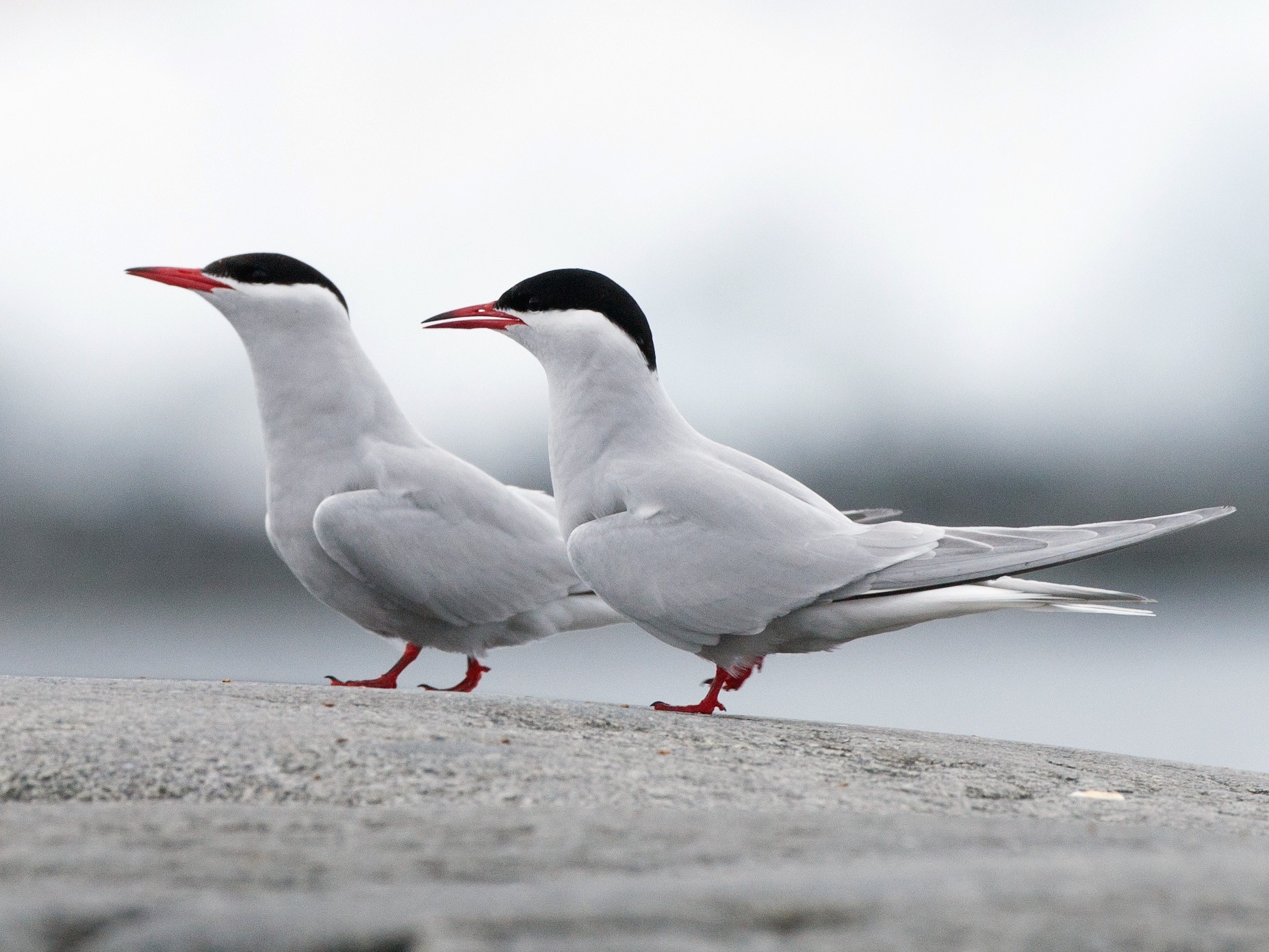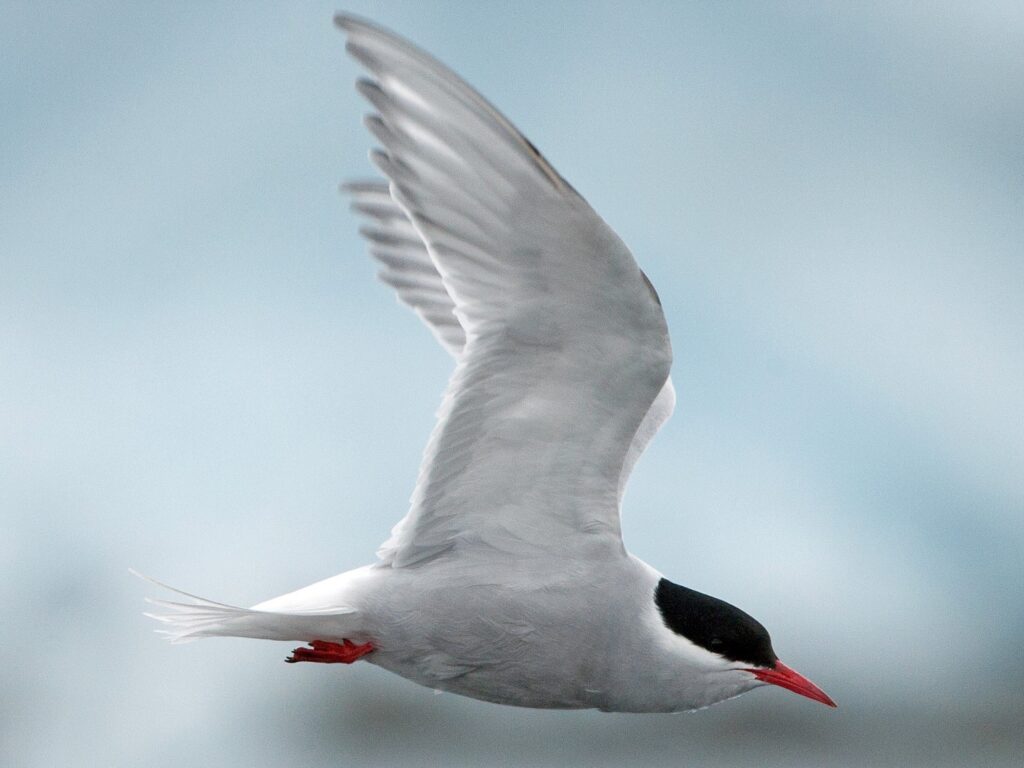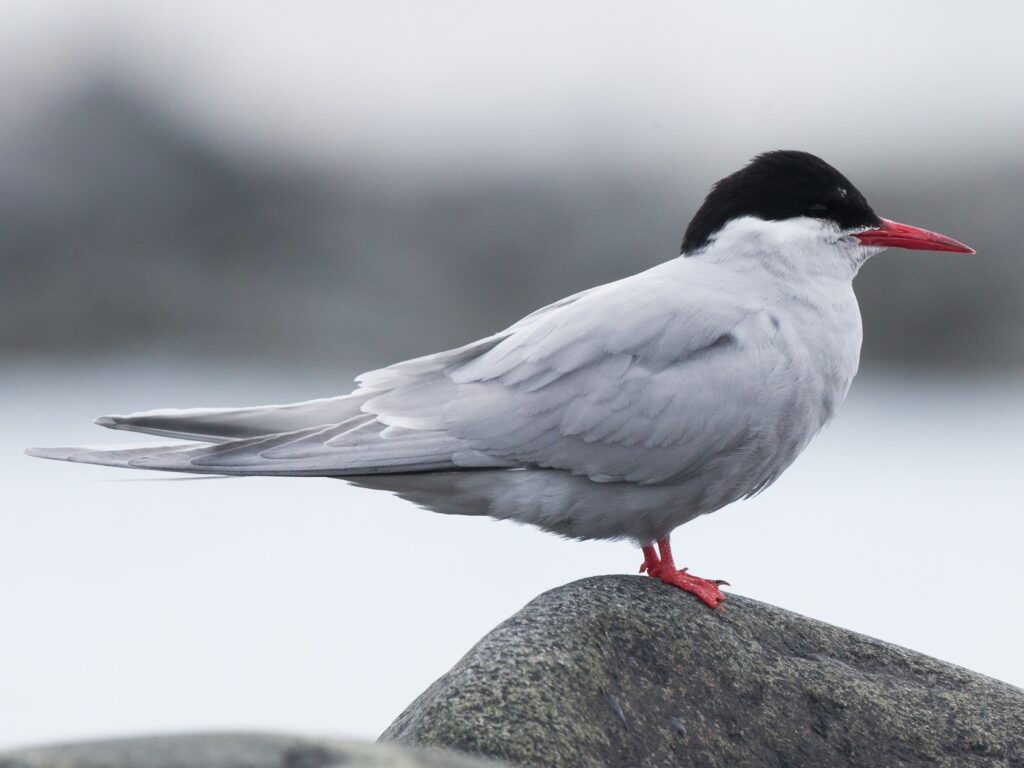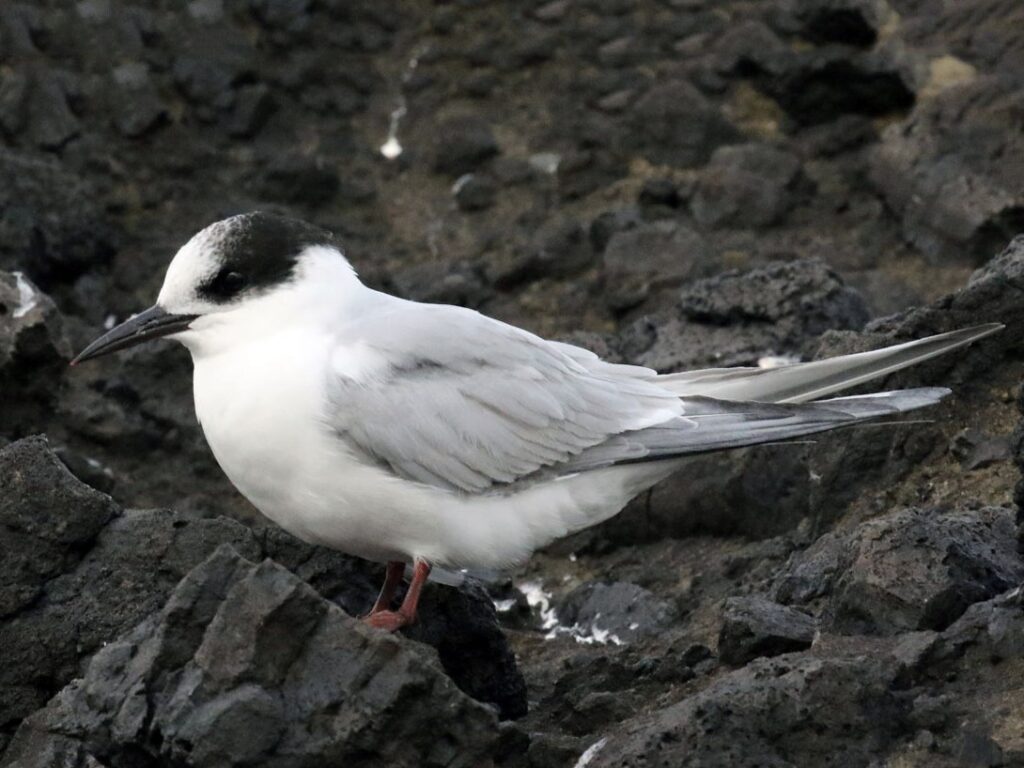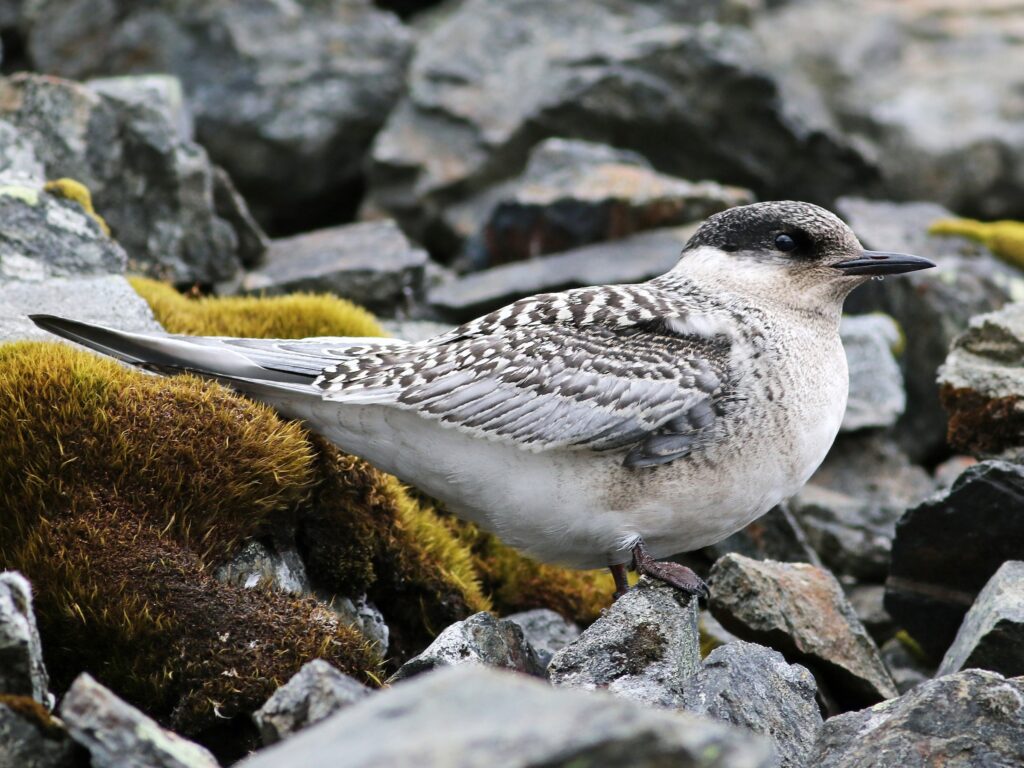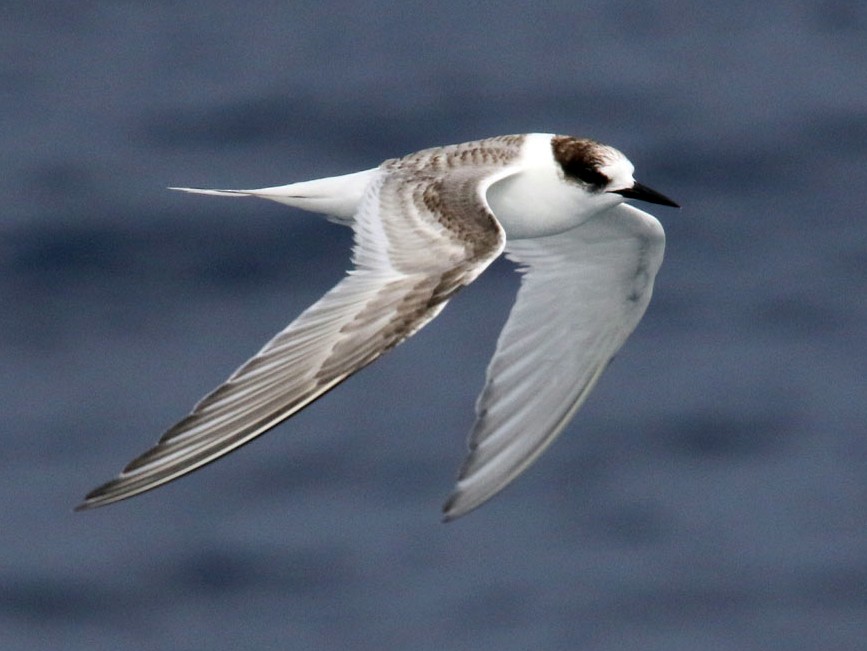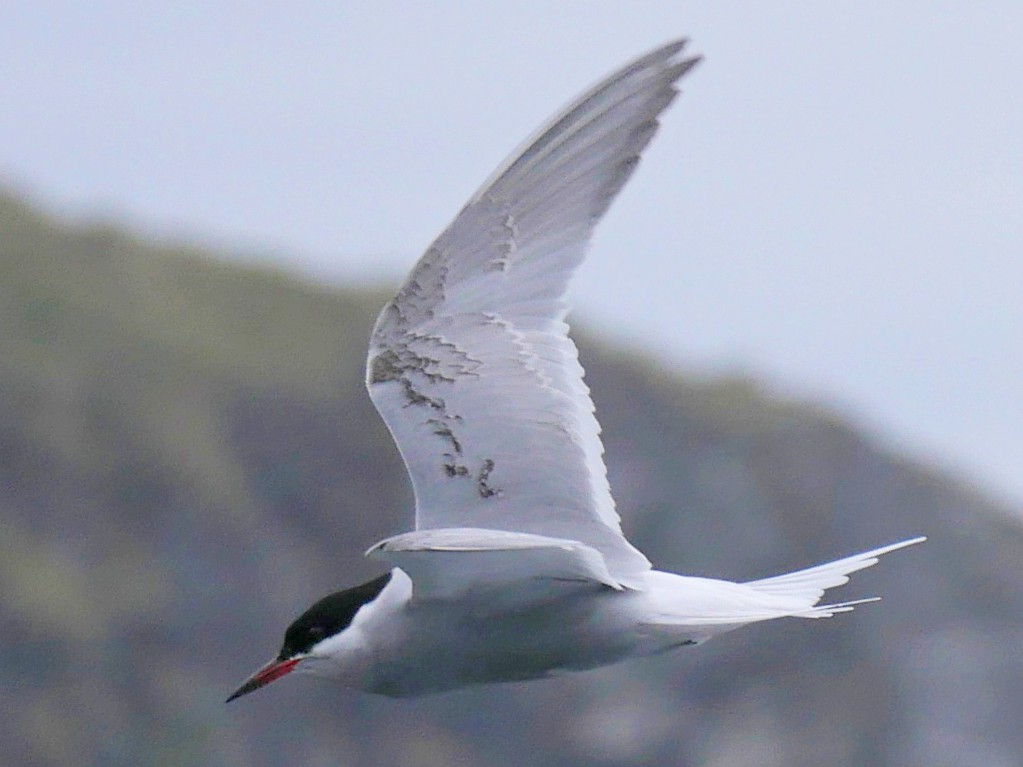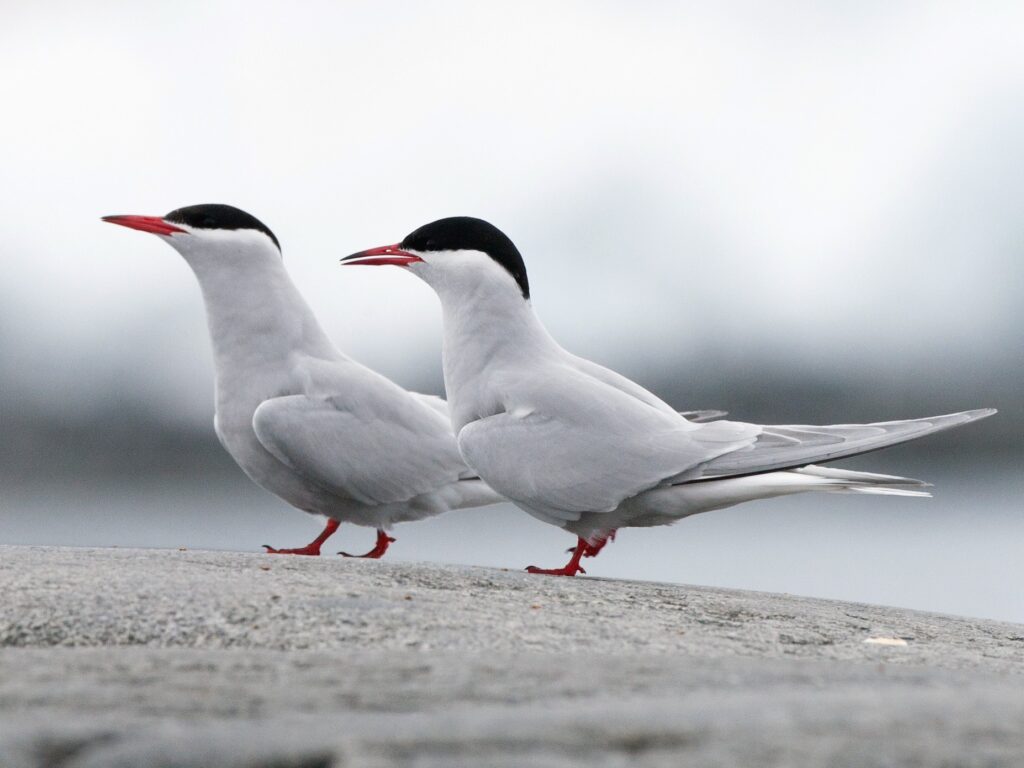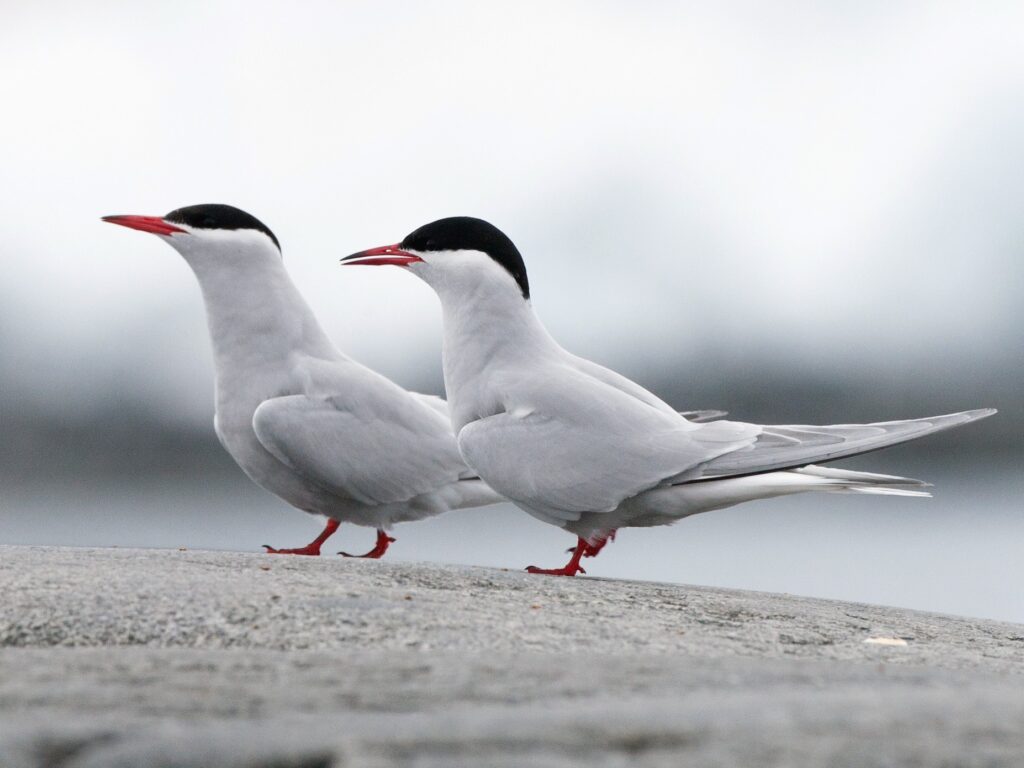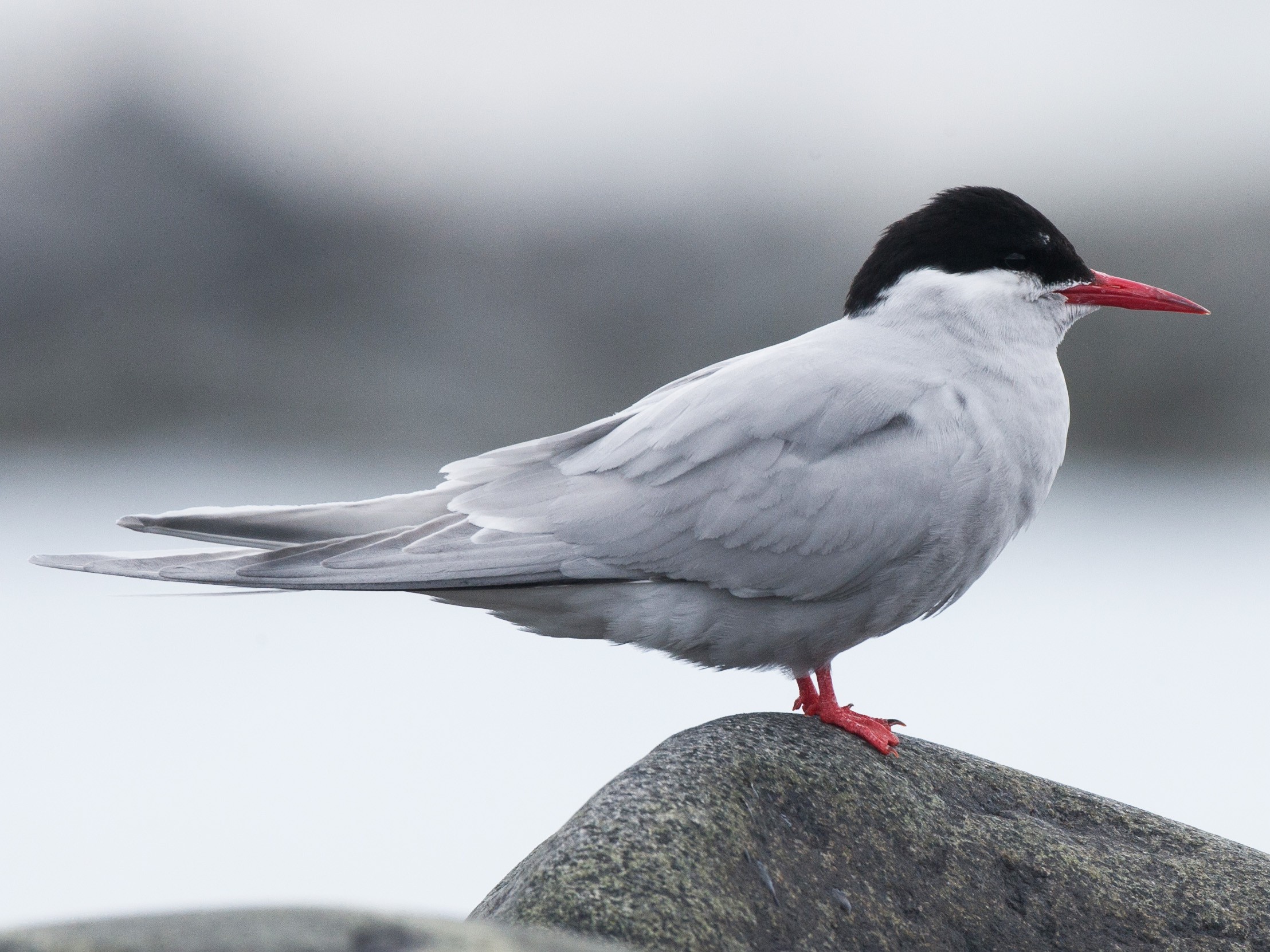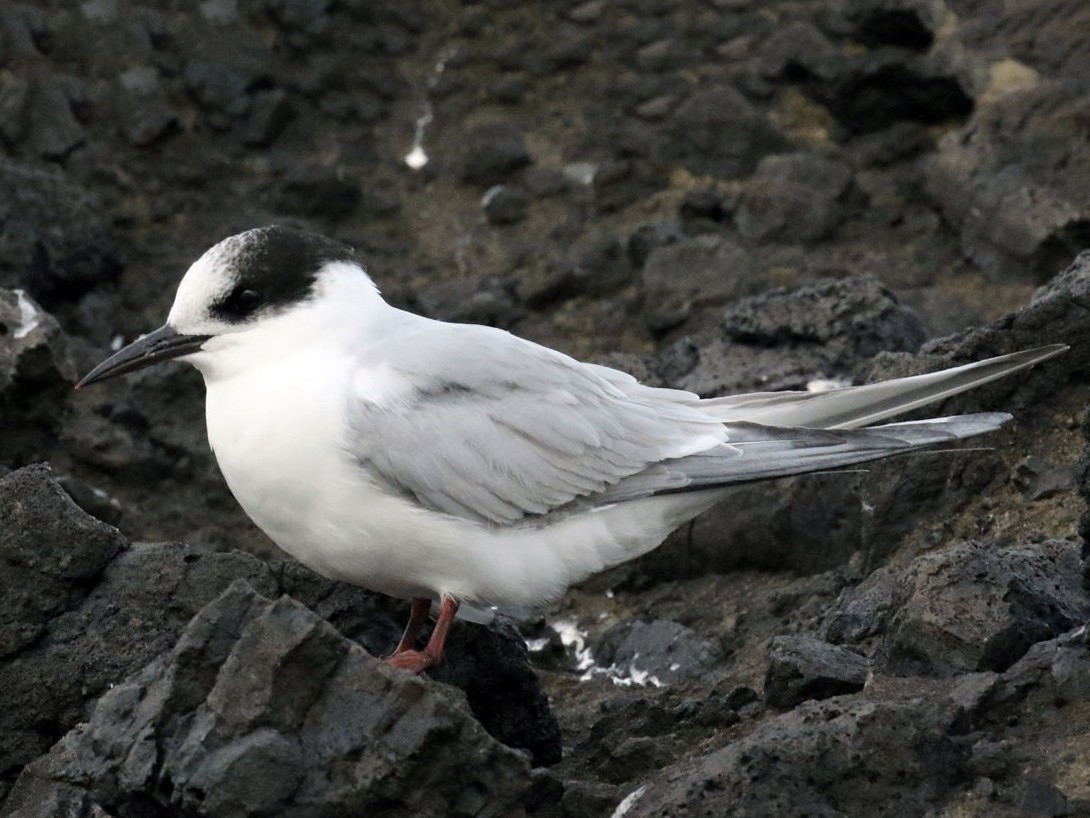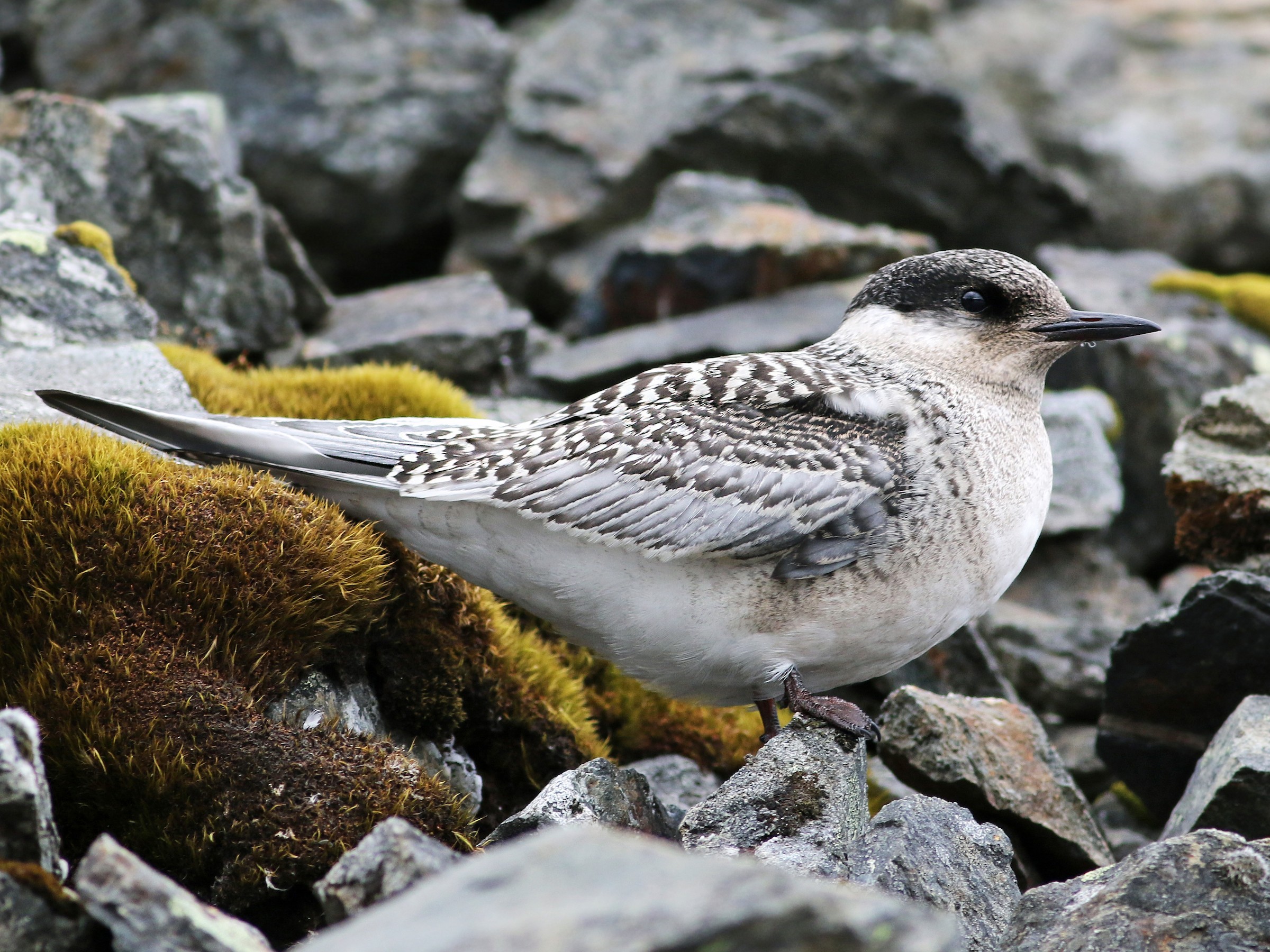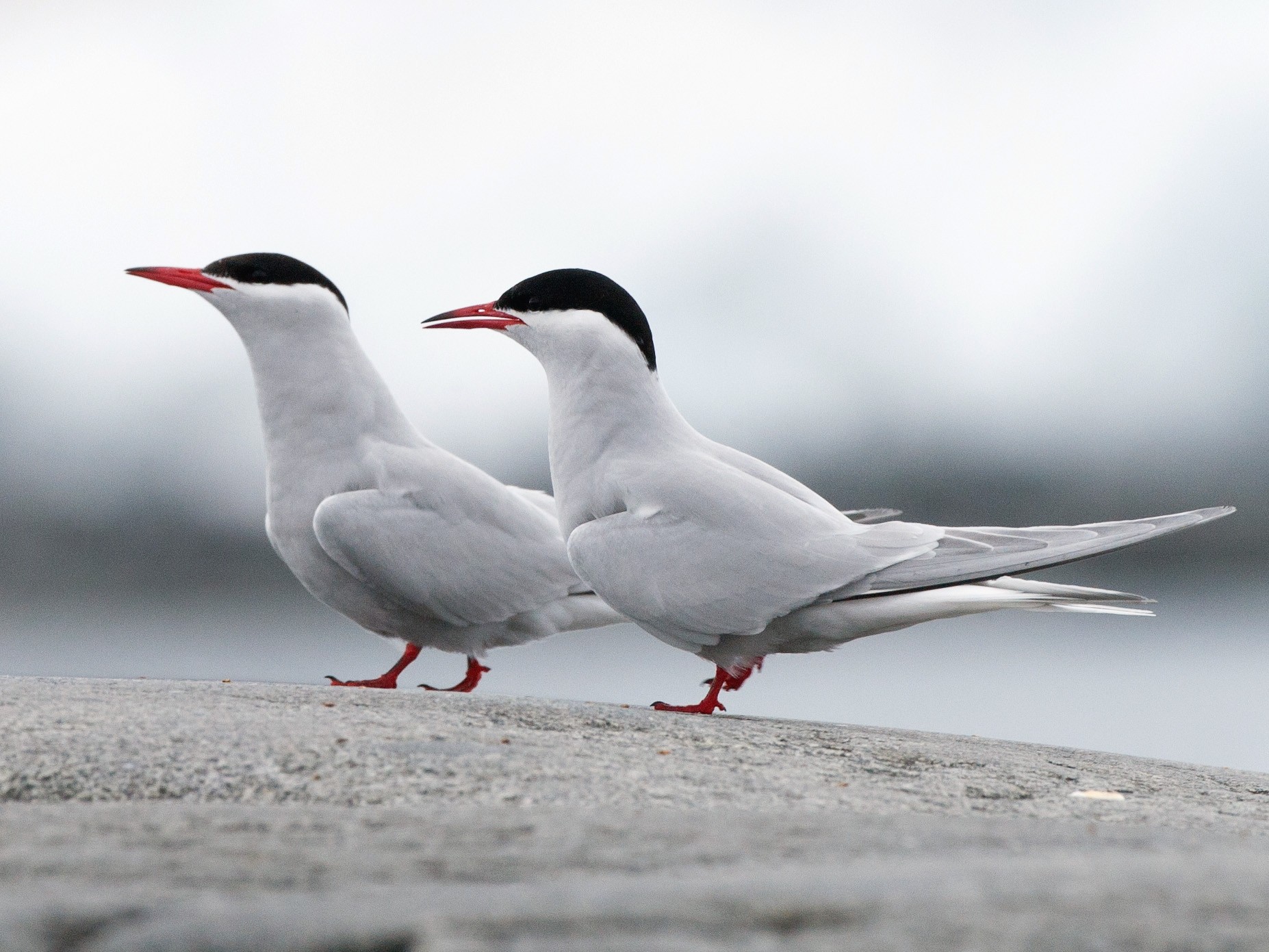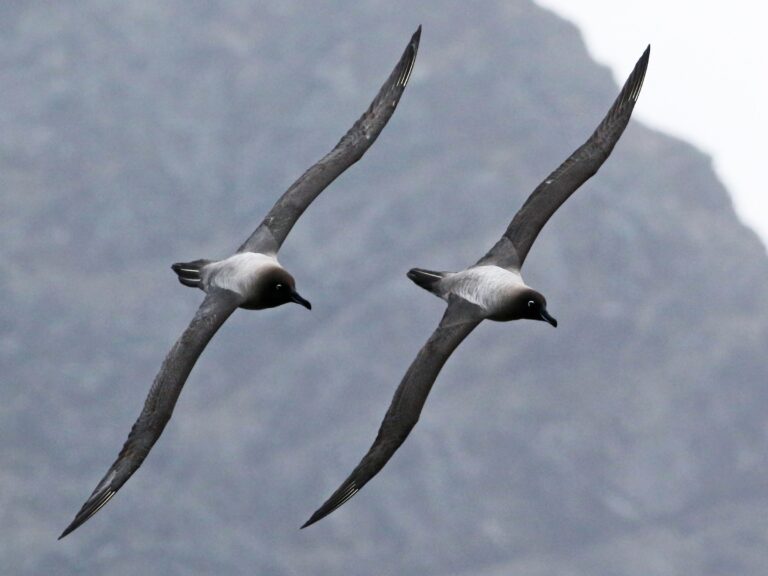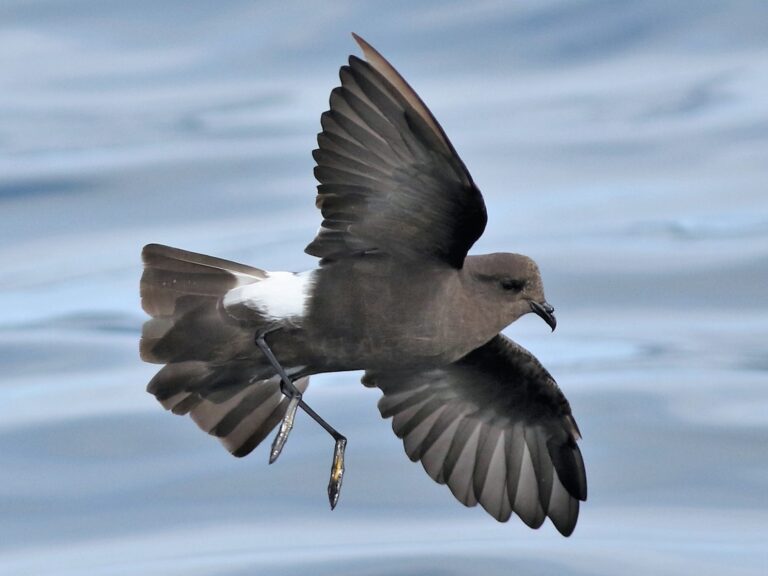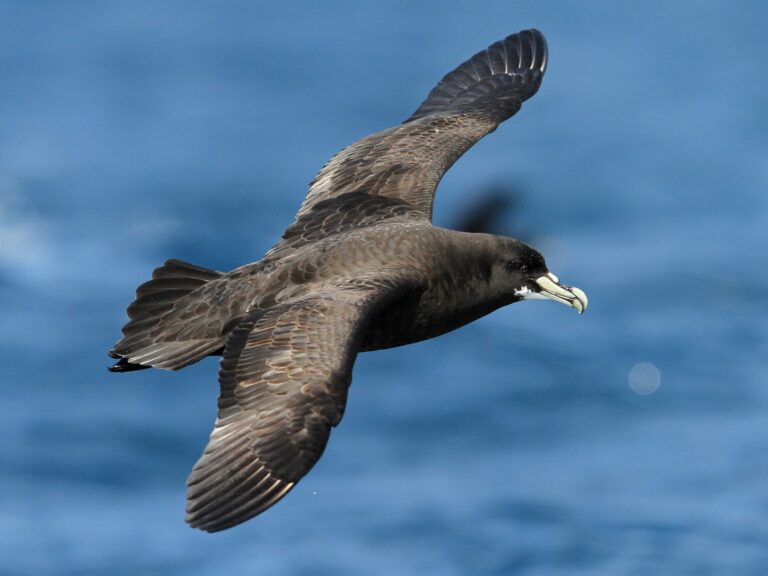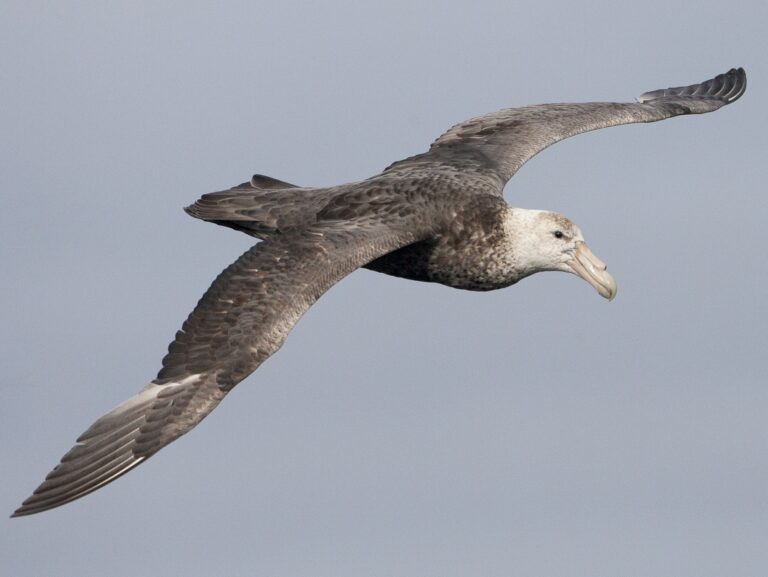Antarctic Tern: The Resilient Seafarers of the Southern Oceans
The Antarctic Tern, known scientifically as Sterna vittata, is a remarkable seabird that thrives in the remote regions of the Southern Hemisphere. This bird is particularly noted for its adaptability to harsh environments, making it a fascinating subject for bird watchers and researchers alike. From its striking physical features to its unique behaviors, the Antarctic Tern captivates those who seek to understand its life and habitat.
These terns are primarily found in sub-Antarctic islands and parts of the Antarctic Peninsula, showcasing their resilience in icy waters. They have a distinct diet that mainly consists of fish and other small marine organisms, reflecting their role in the marine ecosystem. As they navigate their breeding and feeding grounds, they play a significant role in the biological balance of their environment.
The conservation status of the Antarctic Tern is essential, as changes in climate and human activities pose threats to its survival. Developing strategies to protect their habitat and reduce disturbances is vital for ensuring that future generations will continue to marvel at this incredible bird species.
Key Takeaways
- Antarctic Terns are highly adaptable seabirds living in harsh Southern Hemisphere environments.
- They primarily feed on fish and small marine organisms, playing a key role in the marine ecosystem.
- Conservation efforts are crucial to protect the Antarctic Tern from climate change and human disturbances.
Physical Characteristics
Antarctic Terns possess distinct physical traits that aid in their identification and understanding of their role in the ecosystem. These traits include their size and weight, as well as their wingspan and coloration.
Size and Weight
Antarctic Terns are medium-sized birds. They typically measure between 30 to 36 centimeters in length. Their weight ranges from 200 to 400 grams. Males and females are similar in size, though males may be slightly heavier.
These birds reach maturity at about 2 to 3 years of age. Adult terns can live up to 15 years in the wild, depending on environmental conditions and predation pressures.
Wingspan and Color
The wingspan of the Antarctic Tern ranges from 75 to 85 centimeters. This expansive wingspan allows for agile flight and efficient foraging in their coastal habitats.
In terms of coloration, adults exhibit a distinctive white body, with a grayish back and black cap on the head. Their wings are marked by darker tips, while the bill is typically red with a darker tip. Young terns show brown and white mottling, which gradually fades as they mature. This coloration helps them blend into their surroundings, providing some camouflage from predators.
Habitat and Distribution
The Antarctic Tern is closely linked to specific habitats in the southern ocean. Its range and breeding grounds play a crucial role in its life cycle and behaviors. Understanding these areas helps clarify the bird’s ecological needs.
Antarctic Range
The Antarctic Tern mainly inhabits coastal regions around Antarctica and nearby islands. Its range includes areas like South Georgia and other subantarctic islands.
These birds prefer pelagic waters for foraging, often found near ice edges or in open seas. This choice is vital for accessing the fish and marine invertebrates that make up their diet. The Antarctic Tern’s distribution is largely influenced by seasonal movements, typically shifting as ice conditions change.
Breeding Grounds
Antarctic Terns nest along gravel beaches and rocky shorelines. Sites like the South Shetland Islands serve as key breeding grounds during the summer months.
Nesting typically occurs in colonies, which provides safety in numbers. These locations are also important for raising young, as the proximity to rich feeding areas supports both adults and chicks. The choice of habitat is essential for minimizing predation and maximizing food resources during the breeding season.
Diet and Feeding Behavior
The Antarctic Tern exhibits unique feeding behaviors and preferences that are crucial for its survival. This section explores the foraging techniques used by these birds and their specific dietary preferences.
Foraging Techniques
Antarctic Terns employ various foraging techniques to catch their prey. A common method is hovering, where they stay still in the air to spot fish from above. This allows them to identify movements beneath the water’s surface.
Another effective technique is swooping, where they dive down rapidly to snatch fish as they break the surface. This action can be quite dramatic, showcasing their agility.
Dipping is also used, where the tern dips its beak into the water to capture prey. These techniques increase their success in locating and catching food, especially in diverse habitats.
Dietary Preferences
Antarctic Terns primarily feed on small fish and crustaceans. Their diet typically includes species such as krill and various types of minnows, which are abundant in their breeding areas.
During the breeding season, the availability of food influences their feeding habits. They often forage close to their nesting sites to minimize energy expenditure. This behavior is crucial for raising their young, as access to food directly impacts chick survival.
The composition of their diet may vary based on location and environmental factors. This adaptability allows them to thrive in the harsh Antarctic ecosystem.
Reproduction and Life Cycle
The Antarctic Tern has distinct breeding habits and practices that are critical for the survival of its young. Understanding these details provides insight into the life cycle of this species.
Breeding Habits
Antarctic Terns breed in colonies, often selecting areas close to their feeding grounds. These colonies provide safety in numbers against predators. During breeding season, which typically occurs in the austral summer, males display courtship behaviors to attract females. They perform aerial displays and call to establish territory.
Nests are usually simple scrapes in the ground lined with pebbles or small stones. This helps protect the eggs from the environment and predators. Each colony typically has a structured hierarchy, aiding in cooperative breeding efforts and chick protection.
Egg Incubation
After mating, females lay usually two to three eggs, which are usually olive to brown in color, providing camouflage against predators. Both parents share incubation duties, which lasts about 26 to 28 days. They take turns sitting on the eggs and keeping them warm.
During this time, they remain vigilant against threats from other birds and land-based animals. If conditions are favorable, the eggs will hatch into chicks that are precocial, meaning they can move about shortly after hatching.
Chick Rearing
Once hatched, the chicks are covered in down feathers and are relatively mobile. Parents continue to care for the chicks, providing food that they catch in nearby waters.
They feed their young small fish and invertebrates. The chicks rely on their parents for protection and guidance. As the chicks grow, they learn to fly at around 4 to 5 weeks. After fledging, they remain dependent on their parents for several weeks before becoming fully independent.
This nurturing process is vital for their survival, ensuring the continuation of the Antarctic Tern’s life cycle.
Conservation and Threats
The Antarctic Tern faces a mix of natural challenges and human-related threats that impact its population. Understanding these factors is crucial for effective conservation efforts.
Current Status
The Antarctic Tern is currently classified as a species of least concern, which indicates a stable population across its range. Recent assessments show that their numbers remain relatively steady, thanks to conservation efforts. However, localized threats persist, mainly due to habitat degradation and adverse weather.
Many colonies often inhabit remote areas that are less disturbed. Protecting these breeding grounds is important for maintaining their populations. Continued monitoring is essential to track changes in numbers and habitats, ensuring timely responses to any emerging threats.
Natural Predators
Natural predators pose a significant threat to the Antarctic Tern. Major predators include larger seabirds such as skuas and gulls, which can raid nests and consume eggs or chicks.
These predators often take advantage of the tern’s nesting colonies, especially during the breeding season when they are most vulnerable. Increased predation pressure can lead to lower fledging success rates for the young terns.
To mitigate these threats, conservationists are exploring methods like predator control in sensitive breeding areas. Such actions aim to create a safer environment for the terns to raise their young.
Human Influences
Human activities are another major threat to the Antarctic Tern. Factors like pollution, climate change, and habitat destruction greatly affect their living conditions.
Pollution, particularly plastic waste, can contaminate their food sources. Additionally, climate change leads to altered weather patterns, affecting their breeding success.
Tourism and fishing activities can also disturb nesting sites, increasing stress on the birds. To counteract these influences, conservation programs are working to raise awareness and implement protective measures in critical habitats. These efforts are vital for ensuring the long-term survival of the Antarctic Tern.
Behavioral Traits and Adaptations
Antarctic terns exhibit unique behavioral traits and adaptations that enhance their survival. Their social interactions, communication methods, and migratory patterns are particularly significant in their breeding and feeding strategies.
Social Behavior
Antarctic terns are highly social birds, often found in colonies on coastal breeding grounds. They engage in cooperative behaviors, such as group foraging, which helps them succeed in catching prey. These birds also practice aggressive displays to defend their nests and young from potential threats. Their social structure fosters a strong sense of community, where interactions play a vital role in rearing chicks.
During the breeding season, pairs form strong bonds. They participate in courtship rituals, including aerial displays and mutual preening. This behavior strengthens pair bonds and promotes successful mating. Understanding their social dynamics is crucial for studying their reproductive success.
Communication
Communication among Antarctic terns is rich and varied. They use a range of calls and songs to convey messages. These vocalizations serve different purposes, including attracting mates and warning of danger. Their alarm calls are sharp and urgent, alerting the colony to potential threats.
In addition to vocal signals, Antarctic terns also rely on body language. Displays of aggression, such as wing-flapping or diving, can deter predators. These two forms of communication work together to keep the colony safe and enhance mating opportunities.
Migratory Patterns
Antarctic terns are known for their impressive migratory behavior. They undertake extensive migrations between their breeding grounds in Antarctica and wintering sites in warmer climates. This migration spans thousands of kilometers, showcasing their adaptability and endurance.
During migration, they rely on specific coastal routes to find food and safe resting places. Their migration timing is often linked to seasonal changes in prey availability. By timing their movements carefully, Antarctic terns maximize their chances of thriving in both breeding and wintering habitats. This long-distance travel reflects their resilience and strategic planning in life.
Frequently Asked Questions
This section addresses common questions regarding the Antarctic Tern, covering its diet, distinguishing features from the Arctic Tern, characteristics, lifespan, growth stages, and preferred habitats.
What is the typical diet of the Antarctic tern?
The Antarctic Tern primarily feeds on small fish and crustaceans. It often hunts by diving into the water to catch its prey. These birds take advantage of abundant food sources during their migrations and while breeding.
How does one distinguish between the Antarctic and Arctic tern?
Identifying the Antarctic Tern versus the Arctic Tern can be done by examining their coloring and size. The Antarctic Tern typically has a shorter bill and a darker, more uniform plumage compared to the Arctic Tern. Observing their behavior and habitat can also help in differentiation.
What are some distinguishing characteristics of the Antarctic tern?
The Antarctic Tern features a slender body with long wings and a long tail. Its plumage is mostly white with some grayish tones, particularly on the wings and back. The bird’s bill is bright red and slightly shorter than that of its Arctic counterpart.
How long does the Antarctic tern live?
The average lifespan of the Antarctic Tern is about 10 to 15 years in the wild. Some individuals may live longer if they successfully navigate their migratory routes and avoid predators and environmental hazards.
What stages does the Antarctic tern go through in its growth and development?
Antarctic Terns undergo several stages in their growth. They hatch from eggs in a downy state and gradually develop feathers. Young terns fledge after a few weeks but rely on their parents for food until they can hunt on their own.
In which habitats are Antarctic terns most commonly found?
Antarctic Terns are usually found in coastal areas and on islands during the breeding season. They prefer environments with easy access to open water and abundant food sources, such as estuaries and lagoons. During migration, they can be spotted over various marine habitats.
